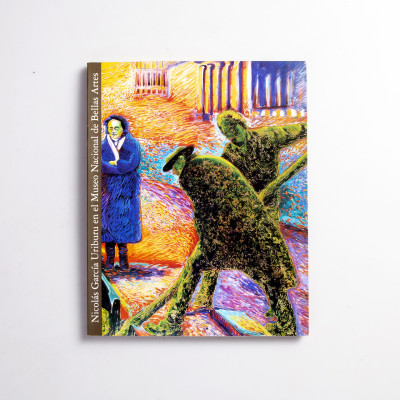García Uriburu, Nicolás
A visual artist, painter, and architect, his early works consisted of semi-abstract landscapes, and later he approached Pop aesthetics. In 1954, he held his first exhibition at the Müller Gallery. From 1968 onwards, he began to develop a series of interventions in nature, becoming one of the main figures of land art. Uriburu achieved international fame in 1968 when, during the Venice Biennale, he dyed the water of the canals fluorescent green. This intervention marked the beginning of a series of actions against water pollution. Thus, he developed, parallel to his artistic career, significant social work. He has dedicated himself especially to ecology, afforestation, and the fight against sea pollution. He is a founding member of the Bosque Group. In 1982, he planted 50,000 trees on the streets of Buenos Aires. He presides over the García Uriburu Foundation and is the lifelong curator of the museum that bears his name in the city of Maldonado, Uruguay, where the Collection of National Painting and Sculpture, donated by the artist to the Uruguayan state, is exhibited. He has received numerous awards: 1965, Braque Award, Buenos Aires; 1968, Le Franc Award, Paris; 1968, Grand National Prize, Buenos Aires; 1975, First Prize Tokyo Biennial, Tokyo; 1993, First Prize Otium Ecology, Buenos Aires; 2000, Career Award from the National Fund for the Arts, Buenos Aires, 2000.


